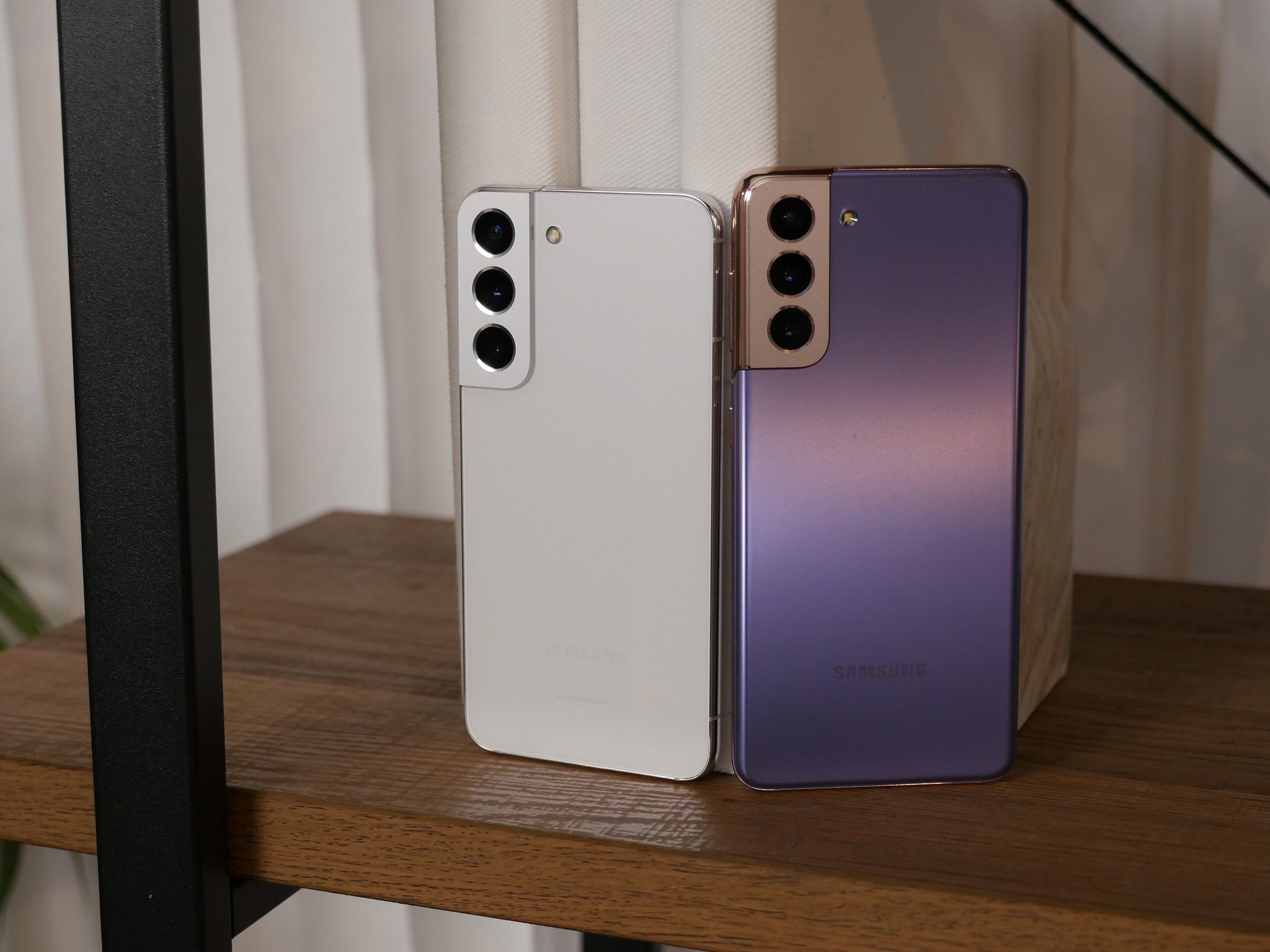Why the small Galaxy S22 matters

Samsung's latest Galaxy S22 Ultra is all the rage right now, giving the Samsung faithful their first Note device in more than a year. It's crammed with high-end specs, including the latest Qualcomm Snapdragon 8 Gen 1 processor and quad-camera array boasting 10X optical zoom. It's easily one of the best Android phones you can buy, and it'll set you back a cool $1,200 when it launches later in February. But the device occupying the opposite end of the S22 spectrum is arguably just as important.
Small but mighty

The smaller Galaxy S22, selling for $799, is a flagship Android phone in a small form factor, which is quite the rarity in 2022. Usually, stepping down in terms of screen size means also taking an inevitable downgrade in terms of performance. And while the base model S22 lacks some features of the Ultra, like the S Pen and extreme telephoto cameras, the core experience is unaltered: you get the same processor, smooth refresh rate, and key photographic features; plus the same Google-beating four years of Android platform updates.
The S22's screen diagonal takes a 0.1-inch reduction compared to its direct predecessor, but that figure doesn't tell the full story. It also doesn't give the noticeably slender in-hand feel of the Galaxy S22 (versus the S21) proper credit. The dimensions just reveal how much shrinkage has occurred — the S22 is 5.7mm shorter and four grams lighter than the S21.
The base model Galaxy S22 being smaller this year is no accident. It's a deliberate design decision that very clearly lands it in the same "small flagship" territory occupied by the iPhone 13 Pro.
It's no accident that the S22 is smaller this year.
Samsung is just about the only major Android brand still making smaller flagships. The only others that spring to mind are outliers, none of them even approaching the Korean firm's market dominance. Sony has its dinky but pricey Xperia 5 III and ASUS has its Zenfone 8. (Last year we could have also included Google on this list, but alas, R.I.P. to the Pixel 5).
Not everyone wants a gigantic display

The dearth of small, high-end Android phones is a bad thing for everyone. Although big screens are popular, not every potential smartphone buyer is looking for a gigantic display and a phone that requires two hands to comfortably use. As my colleague Ara Wagoner wrote a couple of years ago, women, in particular, are poorly served by most Android manufacturers' single-minded focus on bigger handsets:
The women I see for the most part have adapted to one of four scenarios when faced with a lack of suitably pocketed attire:
Get the latest news from Android Central, your trusted companion in the world of Android
- Their phones live in their purses.
- Their phones sit in their pocket when standing and get set down when they need to sit down.
- They buy ill-fitting clothing with deep pockets.
- Their phones live in a dedicated accessory such as a wristlet or fanny pack.
Granted, part of the problem is that phones are so much bigger than they were five years ago, but the men in my life never seem to have issues keeping a phone in their pockets. While men's pants are about function as much as fashion, women's clothiers still don't see a problem with shrunken or missing pockets."
The Galaxy S22 brings top-tier 2022 flagship specs and features to a form factor barely any larger than the Google Pixel 5. In the Android space, Samsung is basically the only one in town when it comes to this level of tech at this form factor.
The downside: less battery power
The small size also presents some unique design challenges, however. The base model S22 takes a significant battery capacity-cut compared to last year's model, down 7.5% to 3,700mAh. Samsung has seeded a mix of S22+ and S22 units to media, with most getting the larger handsets, however, Android Police's Daniel Bader tweets that the smaller phone's longevity so far has been unspectacular — around 4.5 hours of screen-on time at most.
A non-iOS option for small phone lovers
Nevertheless, Samsung deserves praise for pretty much single-handedly keeping the small Android flagship alive for another year, and giving buyers who prefer a smaller device a credible alternative to the iPhone. Let's hope it's not the only one we see in 2022.

Alex was with Android Central for over a decade, producing written and video content for the site, and served as global Executive Editor from 2016 to 2022.
